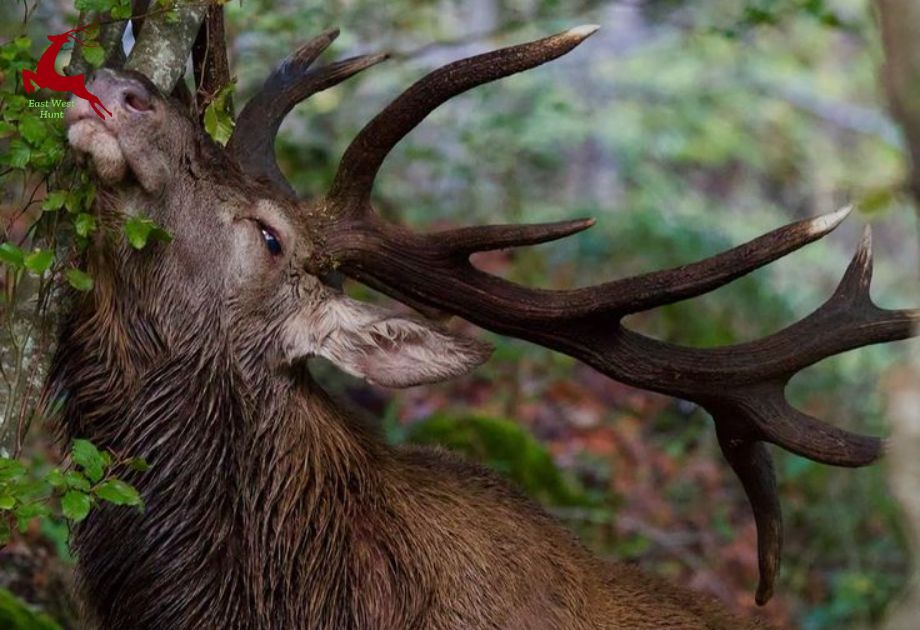Mule deer are a popular game animal for hunters, especially in the western United States. But starting in 2026, hunting rules for these animals are going to change in a big way. If you’re a hunter or just someone curious about how wildlife is managed, this is something you’ll want to know. These new changes are meant to help protect the mule deer population, which has been dropping in recent years. Let’s break down what’s happening and why.
Why Are Changes Being Made?
The number of mule deer is not what it used to be. Wildlife experts have noticed that their population is going down in many places. Some of the reasons include:
- Loss of habitat (their natural living space)
- Wildfires
- Drought and lack of water
- More predators
- Harsh winters
- Diseases
All of these things make life tough for mule deer. Hunting is just one small part of the problem, but changing hunting rules can help give mule deer a better chance to bounce back.
What Will Change in 2026?
Starting in 2026, some major changes are being planned. Here’s a look at what hunters can expect:
1. Controlled Hunts Only
In some areas, general hunting seasons (where anyone can hunt with a license) will be replaced by controlled hunts. That means hunters will need to apply for a special tag through a draw system. Only a limited number of people will be allowed to hunt.
2. Fewer Tags Available
To help mule deer recover, fewer tags will be given out. This means fewer people will be allowed to hunt mule deer each year.
3. Focus on Bucks
Most of the hunting will be focused on bucks (male deer), not does (female deer). Wildlife managers believe that letting more does live will help the population grow.
4. Shorter Seasons
In many places, hunting seasons will be shorter. This gives mule deer more time to recover without being disturbed by humans.
What Do Hunters Think About These Changes?
Not all hunters are happy about the new rules. Some feel like they’re being punished even though hunting is only a small reason for the deer population dropping. Others understand that if changes aren’t made now, there might not be many deer left to hunt in the future.
Some hunters are also worried about the drawing system for tags. It’s like a lottery, so even if you’ve hunted in the same place for years, there’s no guarantee you’ll get a tag.
Why Controlled Hunts Work?
Even though it might feel unfair to some, controlled hunts have worked well in other places. Here’s why they help:
- They limit the number of hunters, which reduces stress on the animals.
- They can focus hunting pressure on areas with too many deer, helping balance the environment.
- They allow wildlife experts to better manage deer numbers by choosing how many animals can be hunted and when.
What Should Hunters Do Now?
If you’re a hunter, now is the time to:
- Stay informed: Read up on rule changes from your state’s wildlife agency.
- Plan ahead: Think about where and when you want to hunt.
- Practice hunting skills: With fewer chances to hunt, it’s more important than ever to be accurate and responsible.
- Help out: Get involved in wildlife conservation groups or volunteer for habitat restoration projects.
Conclusion
Big changes are coming for mule deer hunting in 2026, and they’re not just about limiting hunters—they’re about saving a species that’s struggling. While these changes may feel frustrating to some, they’re designed to protect mule deer for future generations. If hunters, wildlife managers, and communities work together, it’s possible to help the mule deer population recover and thrive. The decisions made now could shape the future of hunting—and the wild places we all enjoy.

